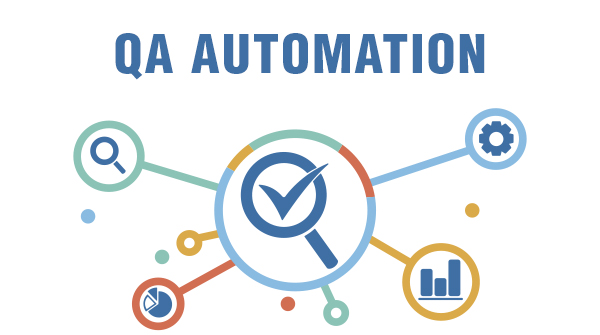
Course Content
Introduction to Splunk’s interface
- Basic searching
- Using fields in searches
- Search fundamentals
- Transforming commands
- Creating reports and dashboards
- Datasets
- The Common Information Model (CIM)
- Creating and using lookups
- Scheduled Reports
- Alerts
- Using Pivot
Module 1
- What is Splunk?
- Splunk components
- Installing Splunk
- Getting data into Splunk
Module 2
- Introduction to Splunk’s User Interface
- Understand the uses of Splunk
- Define Splunk Apps
- Customizing your user settings
- Learn basic navigation in Splunk
Module 3
- Basic Searching
- Run basic searches
- Use autocomplete to help build a search
- Set the time range of a search
- Identify the contents of search results
- Refine searches
- Use the timeline
- Work with events
- Control a search job
Module 4
- Using Fields in Searches
- Understand fields
- Use fields in searches
- Use the fields sidebar
Module 5
- Search Language Fundamentals
- Review basic search commands and general search
- Examine the search pipeline
- Specify indexes in searches
- Use autocomplete and syntax highlighting
- Use the following commands to perform searches:
i) tables
ii) rename
iii)fields
iv) dedup
v) sor
Module 6
- Using Basic Transforming Commands
- The top command
- The rare command
- The stats command
Module 7
- Creating Reports and Dashboards
- Save a search as a report
- Edit reports
- Create reports that include visualizations such as charts and tables
- Create a dashboard
- Add a report to a dashboard
- Edit a dashboard
Module 8
- Datasets and the Common Information Model
- Naming conventions
- What are datasets?
- What is the Common Information Model (CMI)?
Module 9
- Creating and Using Lookups
- Describe lookups
- Create a lookup file and create a lookup definition
- Configure an automatic lookup
Module 10
- Creating Scheduled Reports and Alerts
- Describe scheduled reports
- Configure scheduled reports
- Describe alerts
- Create alerts
- View fired alerts
Module 11
- Using Pivot
- Describe Pivot
- Understand the relationship between data models and pivot
- Select a data model object
- Create a pivot report
- Create an instant pivot from a search
- Add a pivot report to a dashboard
Splunk




 (3 votes, average: 1.67 out of 5)
(3 votes, average: 1.67 out of 5)- Price: Free
- Certificates: No
- Students: 0
- Lesson: 0







